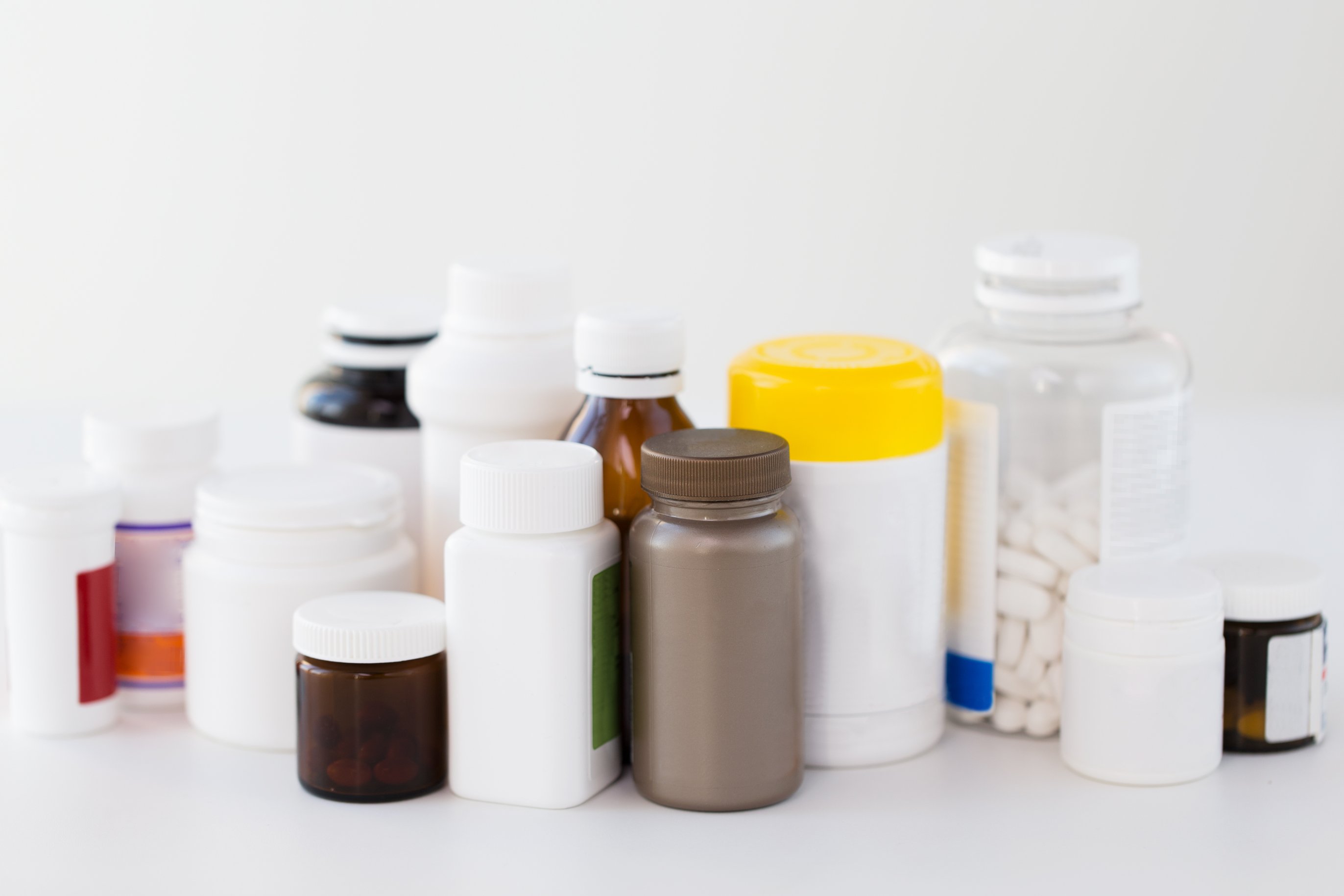Q: How should I get rid of my old and expired medicines? I don’t want to just flush them down the toilet into the water supply.
Nearly one-third of medicines sold to Washington State households go unused every year, according to a report by Take Back Your Meds, a group of over 270 health organizations, law enforcement, local governments and environmental groups. That’s about 33 million containers of pills, just in Washington State. Yikes!
Keeping unwanted and outdated prescription medicines around your house invites abuse and theft as well as posing risks to the environment. Removing medicines you no longer need helps keep habit-forming drugs from entering the lives of your children, grandchildren or their friends or contributing to the rapidly growing problem of prescription drug abuse.
Home intruders will seek out prescription bottles of pain medicines sitting on countertops or stacked up in medicine cabinets, not just flat screen televisions and laptops.
One of the safest ways to dispose of your expired, unused or unwanted medicines is to take them to a site participating in a take-back program, either at a specific day for collection or local on-site drug collection box or mail-back program.
The Drug Enforcement Administration (DEA) started hosting twice-yearly national prescription drug take back events beginning in September 2010, partnering with local law enforcement agencies to give the public another alternative to disposing of their medicines besides putting them in the trash or flushing them down the toilet. The 19th Annual National Prescription Drug TakeBack Day is Saturday, April 25th, where at participating sites you can bring your medicines for safe, free disposal, no questions asked. At the last National TakeBack Day 6,174 sites across the country participated, collecting over 441 TONS of discarded medications.
Local take-back events and year-round drop-off locations to dispose of leftover or unwanted medicines safely are also available in most states. On March 22, 2018, Washington State Governor Inslee signed into law the Secure Drug Take-Back Act, the nation’s first statewide comprehensive plan for safe and secure medicine disposal by individuals.
The Secure Drug Take-Back Act will establish a comprehensive state-wide system for year-round access to convenient drop off sites across the state, including retail or hospital/clinic-based pharmacies and police agencies volunteering to host a secure drug drop off box.
Washington State’s Take-Back Act started as a pilot program in King and Snohomish counties called MED-project (MED stands for Medication Education & Disposal) that placed drug-collection boxes not only in retail and clinic pharmacies but community centers and public libraries. With the Secure Drug Take-Back Act, lawmakers expect to expand MED-project into a statewide system completely funded by the prescription drug industry.
If you can’t get to a medicine take-back site near you, the Food and Drug Administration (FDA) recommends removing any potent pain medicines from their original containers and flushing them down a sink or toilet. This includes pain pills containing drugs like Vicodin® or hydrocodone, oxycodone, and patches containing fentanyl or Duragesic®. Although it seems harmful to the environment to flush them, it’s more dangerous to leave them in a trash container in your home, as even part of a pill or a used patch of one of these powerful pain relievers can be lethal to a pet or small child.
Other prescription medicines can be safely disposed of by first removing them from their bottles or boxes and mixing the pills or capsules with something unappealing like kitty litter, coffee grounds, sawdust or even dirt, then placing them in a leak-proof container like a sturdy zip-lock bag before adding them to your trash bin.
Before putting empty prescription bottles into the trash, protect your privacy by marking out any identifying information such as your name, prescription number and drug name with a permanent marker like a Sharpie®. Sometimes you can just peel the label off and crumple it up.
Here are 4 Tips on Safe Disposal of Leftover, Unwanted or Expired Medicines:
- Take them to a Take-Back location or event.
You can take them to a location participating in the DEA National Prescription Drug Take Back Day on Saturday, April 25th or another drop-off location or event near you. Many locally owned pharmacies, hospital-associated pharmacies and sheriff offices now offer secure drug collection boxes for public use year-round.
- Flush potent pain medicines.
If you can’t get to a take-back location or event, sort out and remove any potent pain medicines such as hydrocodone, oxycodone, OxyContin®, or fentanyl patches and flush them down a toilet or sink.
- Disguise pills in kitty litter or used coffee grounds.
Mix your non-narcotic prescription pills, vitamins and supplements in with kitty litter, coffee grounds or even dirt to disguise them before placing them into your trash. Use a plastic container with a secure lid or a heavy plastic zip-lock bag to prevent leakage.
- Protect your privacy.
Always remove or mark out any personal information and drug names before putting any prescription bottles or boxes into your trash or drug collection box.


